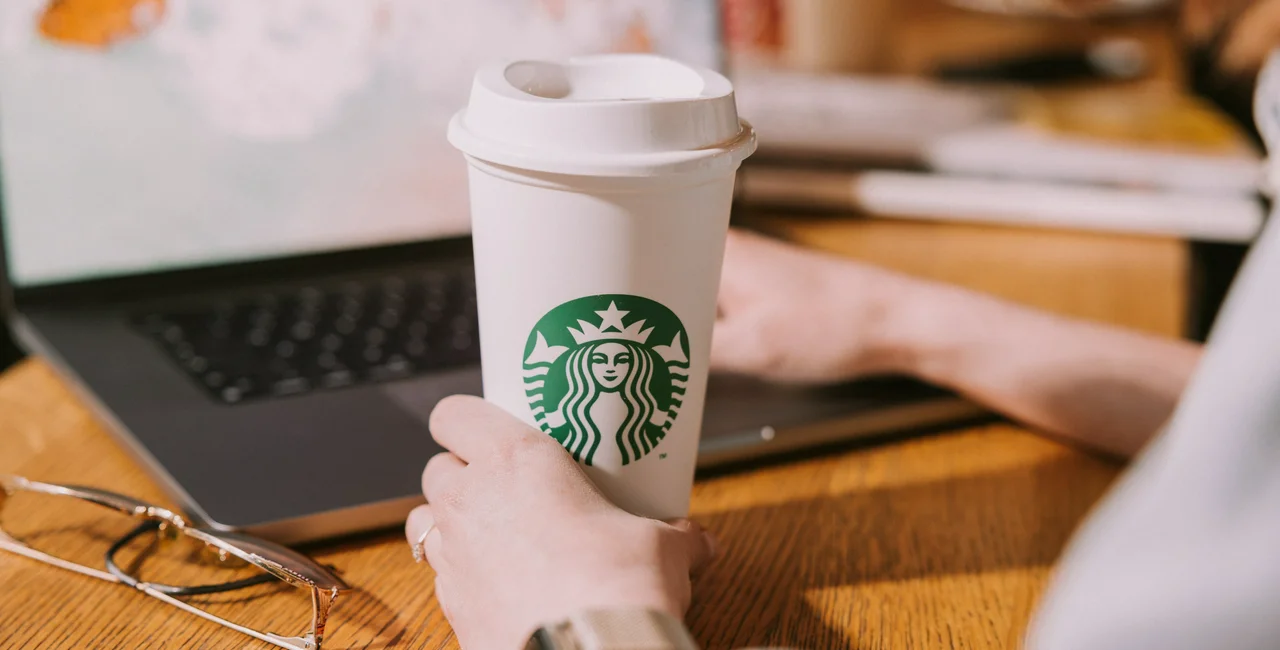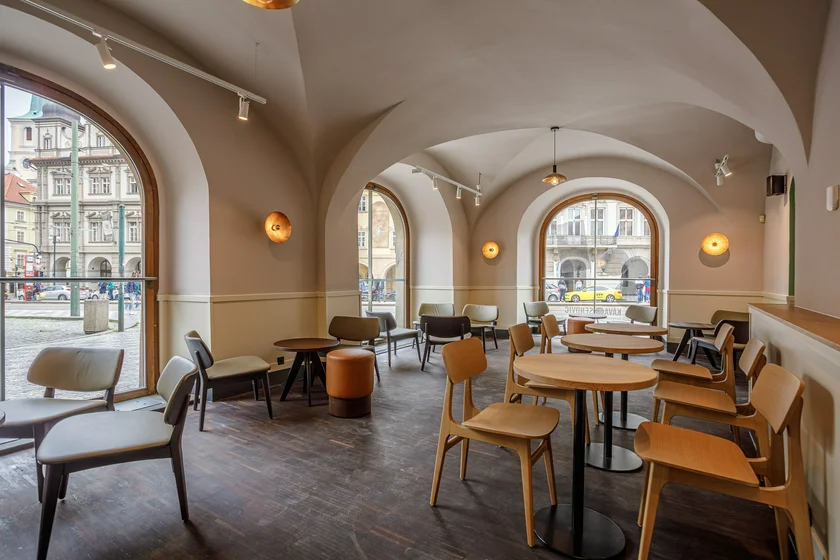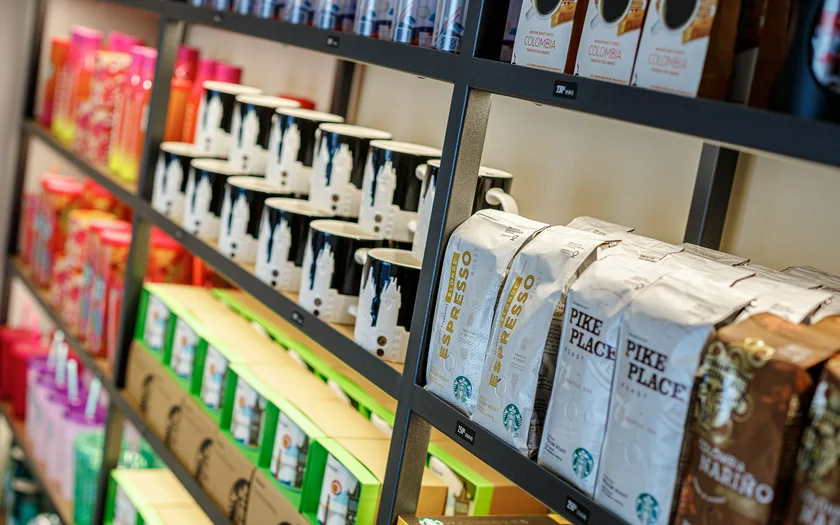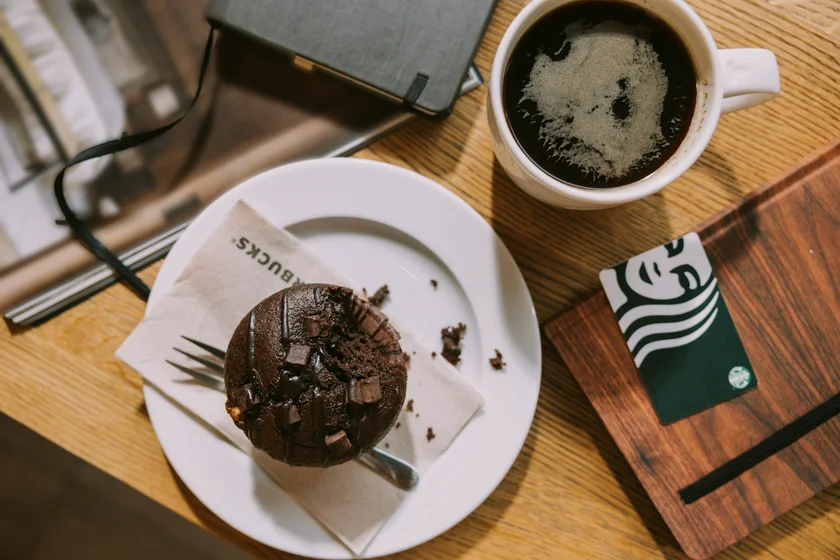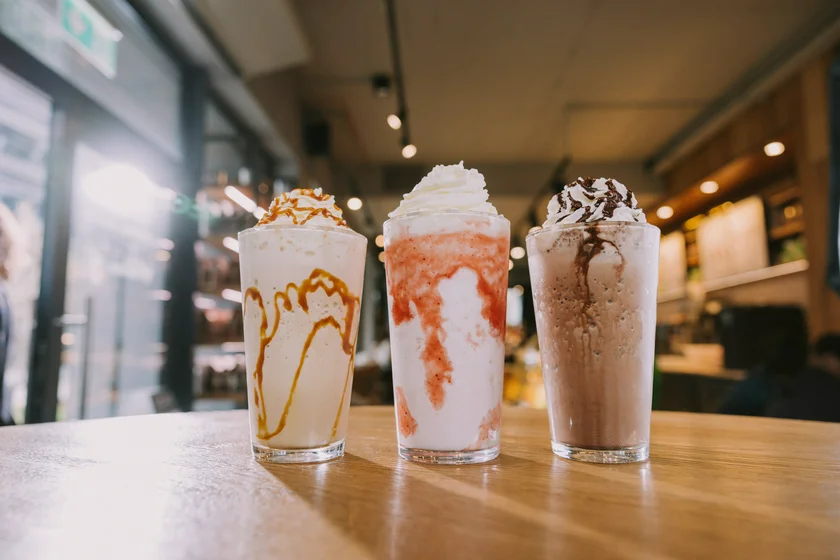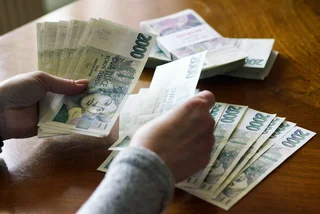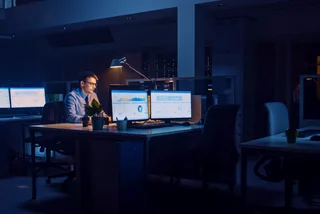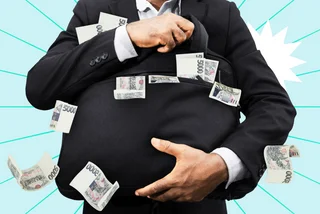The Czech capital is a coffee city and the Czechs are a coffee-drinking nation. But it hasn’t always been that way. Only in the past couple of decades has the population warmed up to premium beans and new filtering methods.
While most coffee aficionados wouldn’t like to admit it, Starbucks had a profound impact on the country’s coffee culture when it first entered the Czech market over a decade ago.
In 2021 the U.S.-based coffee giant celebrated 50 years since its first coffee shop opened at Pike Place Market in Seattle on March 30, 1971. But the story of Starbucks in the Czech Republic begins a bit later.
This year the company marked fourteen years since the opening of its first branch in 2008 on Malostranské náměstí (Lesser Town Square) in the historic Grömling Palace with the reconstruction and reopening of the original store.
Known for its distinctive vaulted ceilings and tram-stop location the building was one of the most artistically essential works of Prague Rococo architecture when it was built in the 19th century. In fact, it previously housed a renowned café on the building’s ground floor that at one time served as a gathering place for many personalities from the Czech cultural scene.
When Starbucks opened in the early aughts, however, the Czech capital’s modern coffee scene hadn’t yet begun to percolate.
“When we opened, Czech coffee culture was more about having a Turkish coffee (‘turek’) at home, no filters, no alternative methods of coffee preparation were really used. You would go out for food, but not just for coffee,” says Michal Holotík, brand manager for Starbucks Czechia.
Holotík says Starbucks, with its loungey vibe, jazzy playlist, and free wi-fi encouraged people to make going out for coffee – alone or together – an event.
The company’s presence also raised the bar for customer service and personalization and, above all, influenced the coffee-to-go craze, something Czechs were only familiar with from television and movies.
- There are now 51 branches of Starbucks in 12 Czech cities. The oldest is in Prague (est. 2008) and the newest in Karlovy Vary (est. 2020).
- Starbucks opened its second Czech location, not in Brno but in Ostrava in 2012.
- With 36 stores, Prague has the highest concentration of Starbucks per km/sq across Europe.
- The Prague Castle location was nominated as one of the top 10 Starbucks stores in the world.
- The City Mugs collection, launched in 1994, has a new look and is now available for purchase in stores. It features Prague, Karlovy Vary, Brno, and Ostrava.
“This idea of going out for a coffee in a cozy environment was really popularized by U.S. television shows as was the iconic coffee cup with the customer’s name written on it,” says Holotík. He adds that when Starbuck first opened, expats living in Prague and Czechs who had lived abroad became important ambassadors for the brand.
As someone who has been involved in the opening of Starbucks stores across Central Europe, Holotík says that the lack of table service and the idea that you had to come to the bar to pay in advance was also new for a European clientele accustomed to the Viennese coffee-shop model.
But Czech society has rapidly caught up to the coffee times and through the years Starbucks has responded to the local demand for pumpkin spice, plant-based milk, refreshing cold drinks, and, yes, the secret menu: Holotik reveals that these beverages have been available on the Czech menu since 2020 (among the most popular, a Matcha Green Tea drink with coconut syrup and milk).
With 300 possible combos and customizations, baristas have quite the range of milk options, temperatures, toppings, and flavors at their disposal. The local market, however, tends to stick to what the company calls its “core beverages”: lattes and cappuccinos.
“We recently analyzed customer behavior and in the morning people just want black coffee with milk. Later in the day customers will opt for a Frappuccino® Blended Beverage, Matcha green tea drinks, or lemonade drinks with real fruit and syrups.”
In recent years Starbucks has kept pace with the rising popularity of coffee in the Czech lands by selling capsules in association with Nestle. During the Covid pandemic, the company opened two new locations as well as launched Starbucks Delivery. Its greatest innovation in the local market to date has been the opening of the country’s first Starbucks Reserve on Jungmannova in Prague.
The concept takes the Starbucks experience to the next level with siphon, pour-over, or Chemex preparation, barista tastings, and a limited range of coffee beans. Reserve coffees are roasted in specialized roasters in Seattle and distributed to Starbucks Reserve coffee shops, of which there are around 2,000 around the world.
Starbucks has also made sustainability an important part of its strategy moving forward. In 2021 it launched the world’s first circular coffee cup as well as a range of reusable drinking vessels and straws. The reusable 'Circular Cup' is made from six single-use paper mugs and is part of the firm's commitment to cut waste at its more than 30,000 locations worldwide.
Holotik believes that the company has paved the way for a number of independent businesses by creating the first opportunities for a new way of enjoying coffee. The ripple effect has led to a population increasingly willing to try new food trends beyond just coffee: everything from bubble tea to waffles.
Beyond its quality coffee offerings, he attributes Starbucks’s success in Czechia largely to its customer-centered approach.
“We are always trying to elevate the customer experience and to ensure that we have the same standards of service here as elsewhere around the world.” The company’s unwritten rule when it comes to its customers? Simply say yes.
This article was written in cooperation with AmRest Group, a leading European multi-brand restaurant operator with a portfolio of first-class brands across 25 countries. AmRest operates over 2,400 restaurants under franchised brands such as KFC, Starbucks, Pizza Hut, and Burger King, as well as proprietary brands like La Tagliatella, Sushi Shop, Blue Frog, and Bacoa. In addition, the company also has several virtual brands in its portfolio. More information is available on their webpage. Read more about our partner content policies here.












 Reading time: 5 minutes
Reading time: 5 minutes 